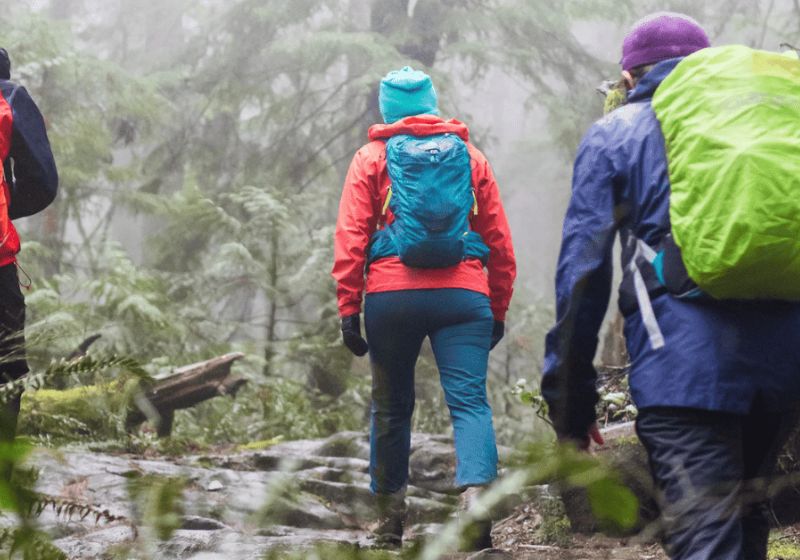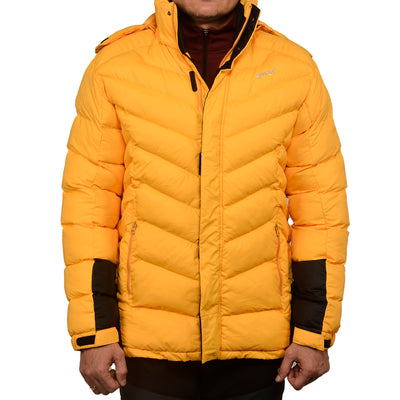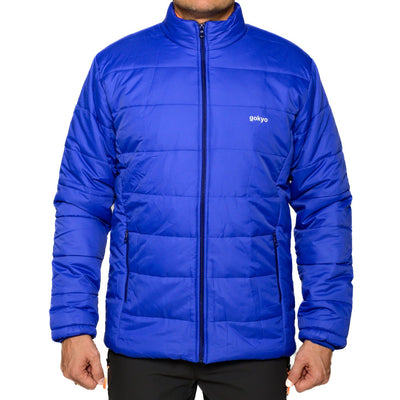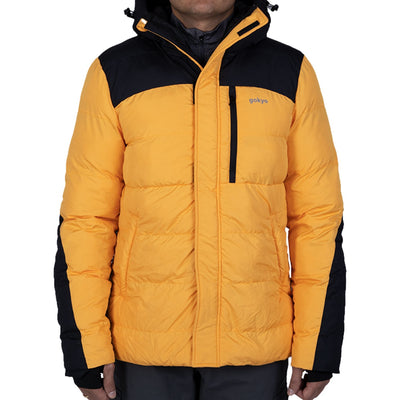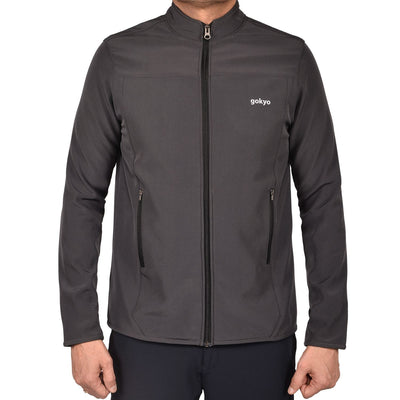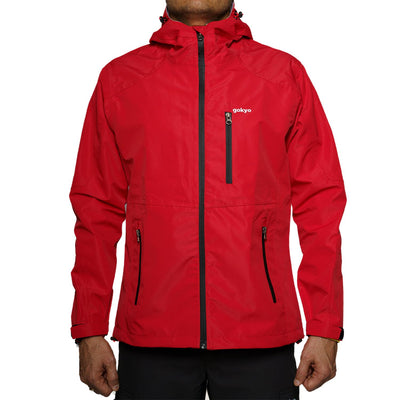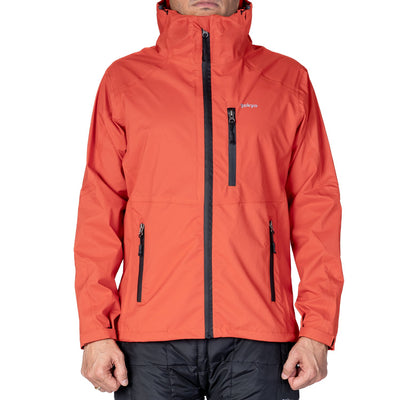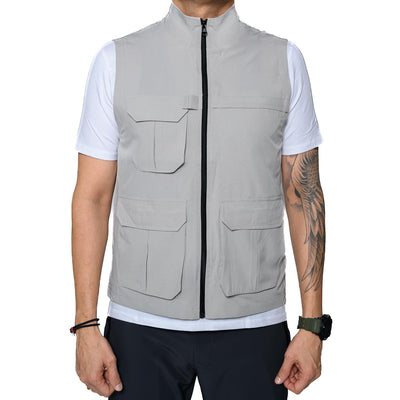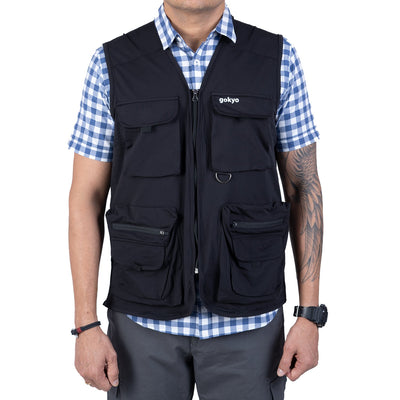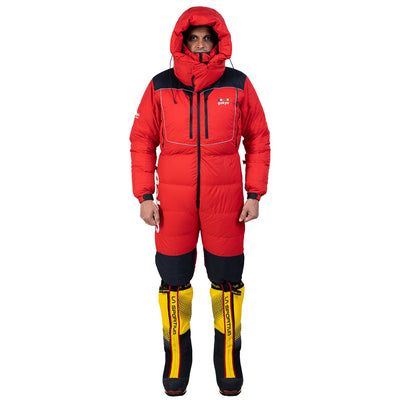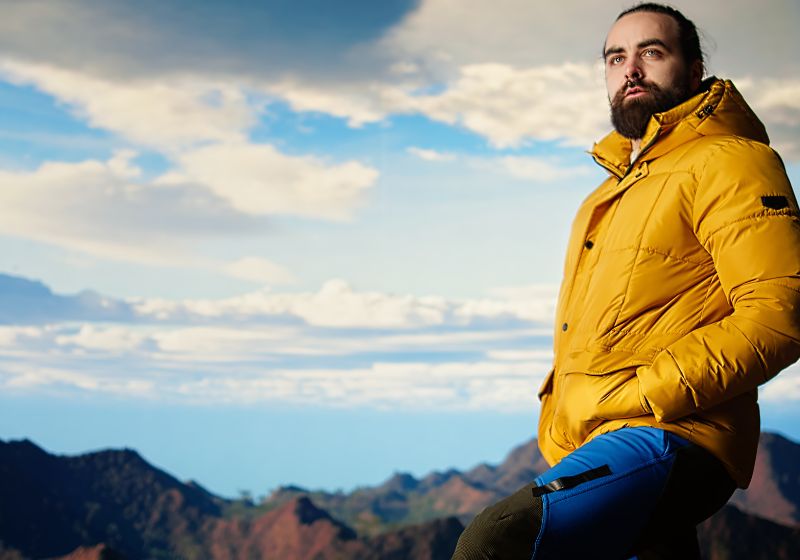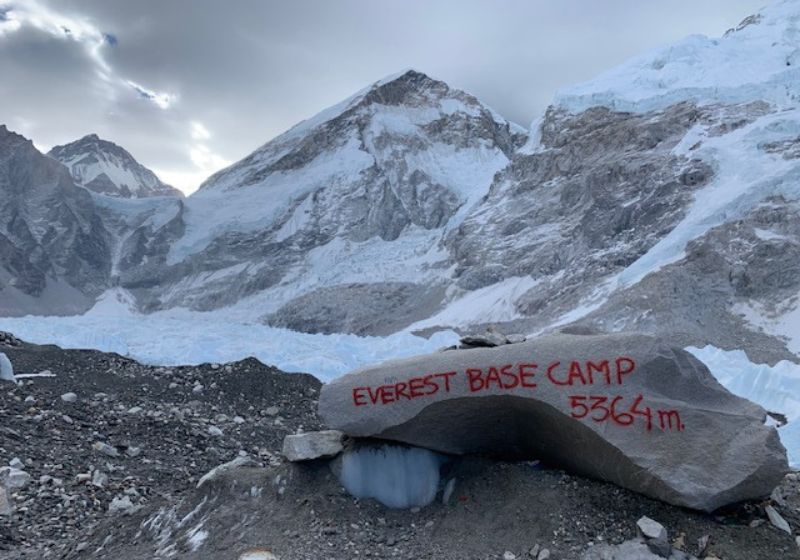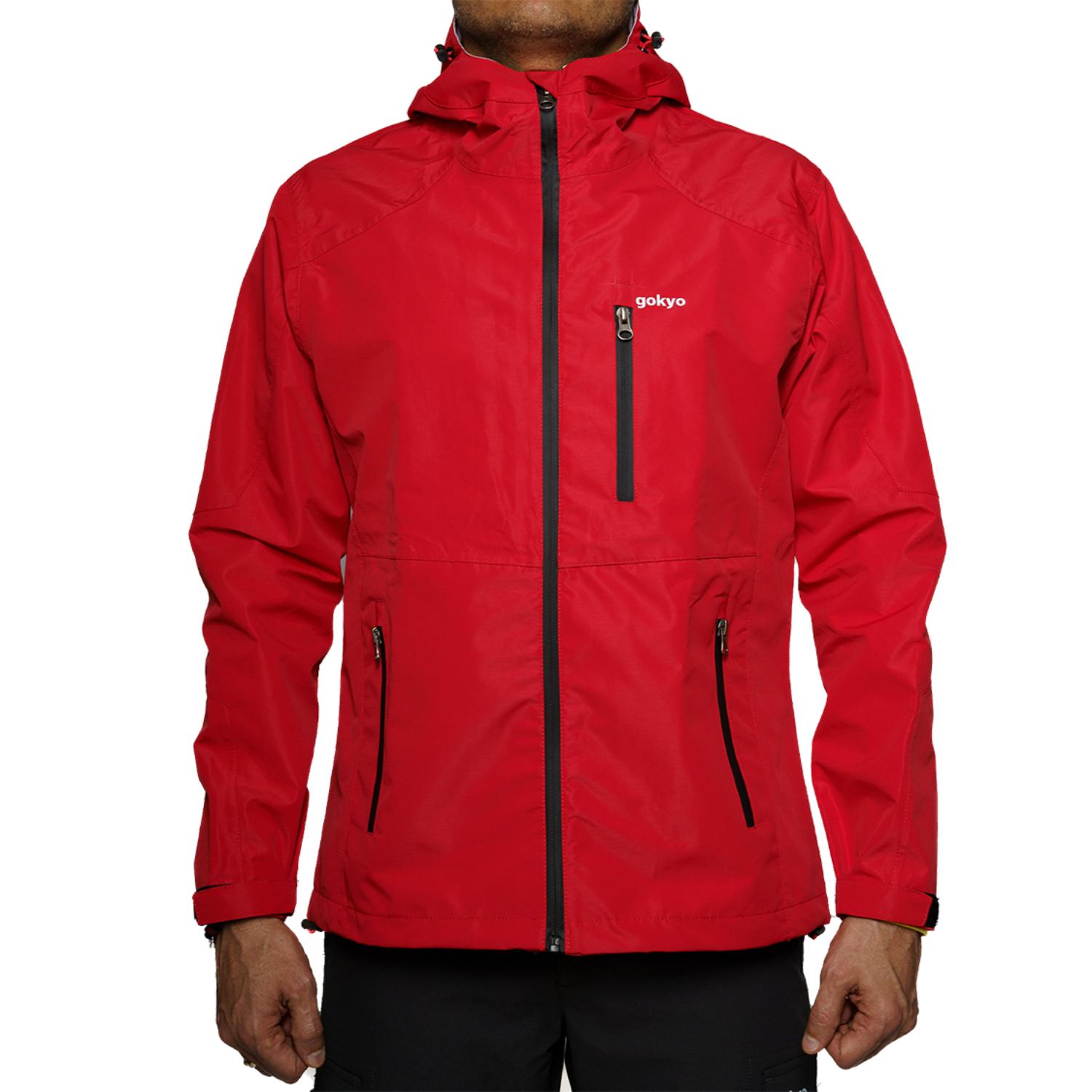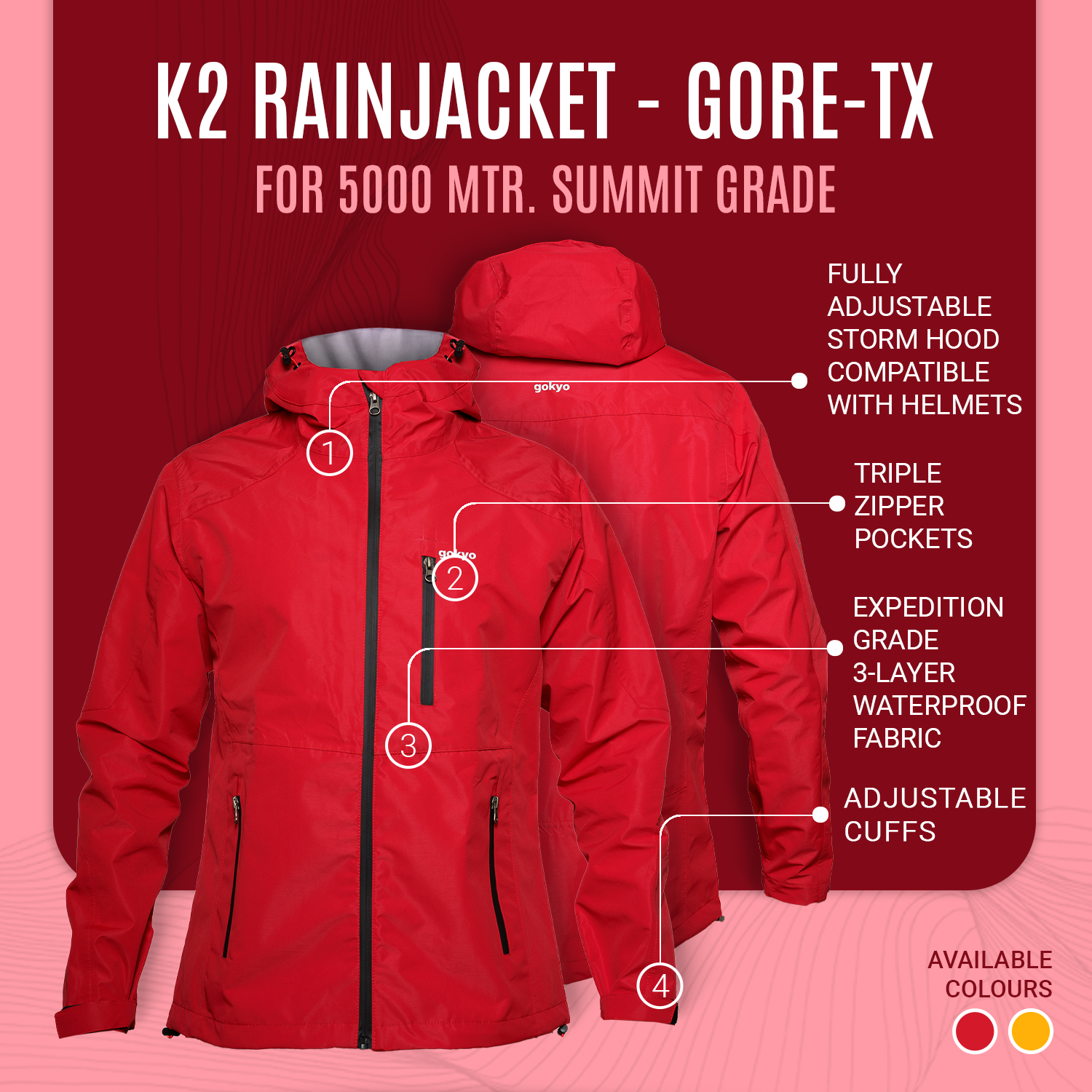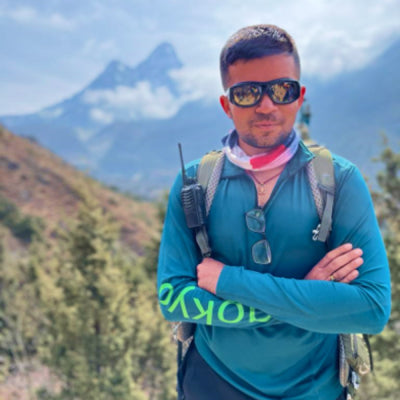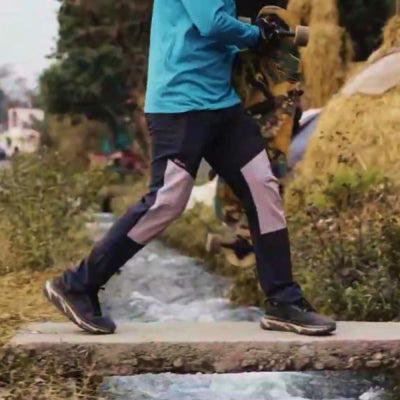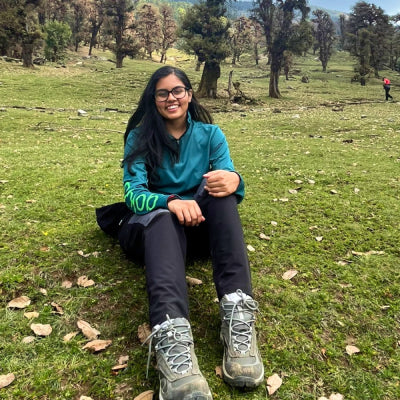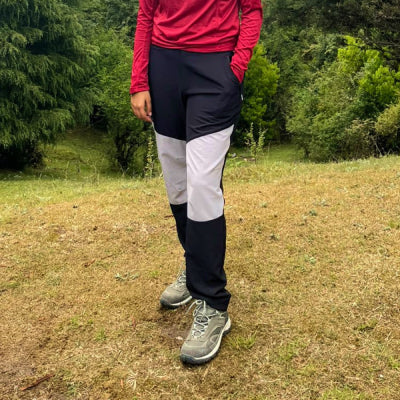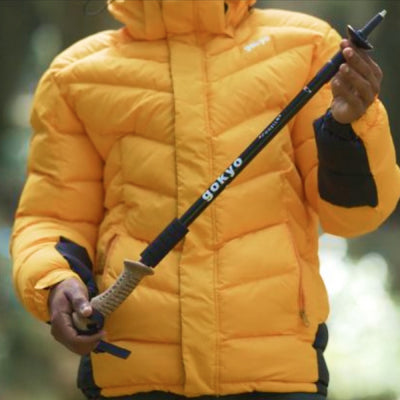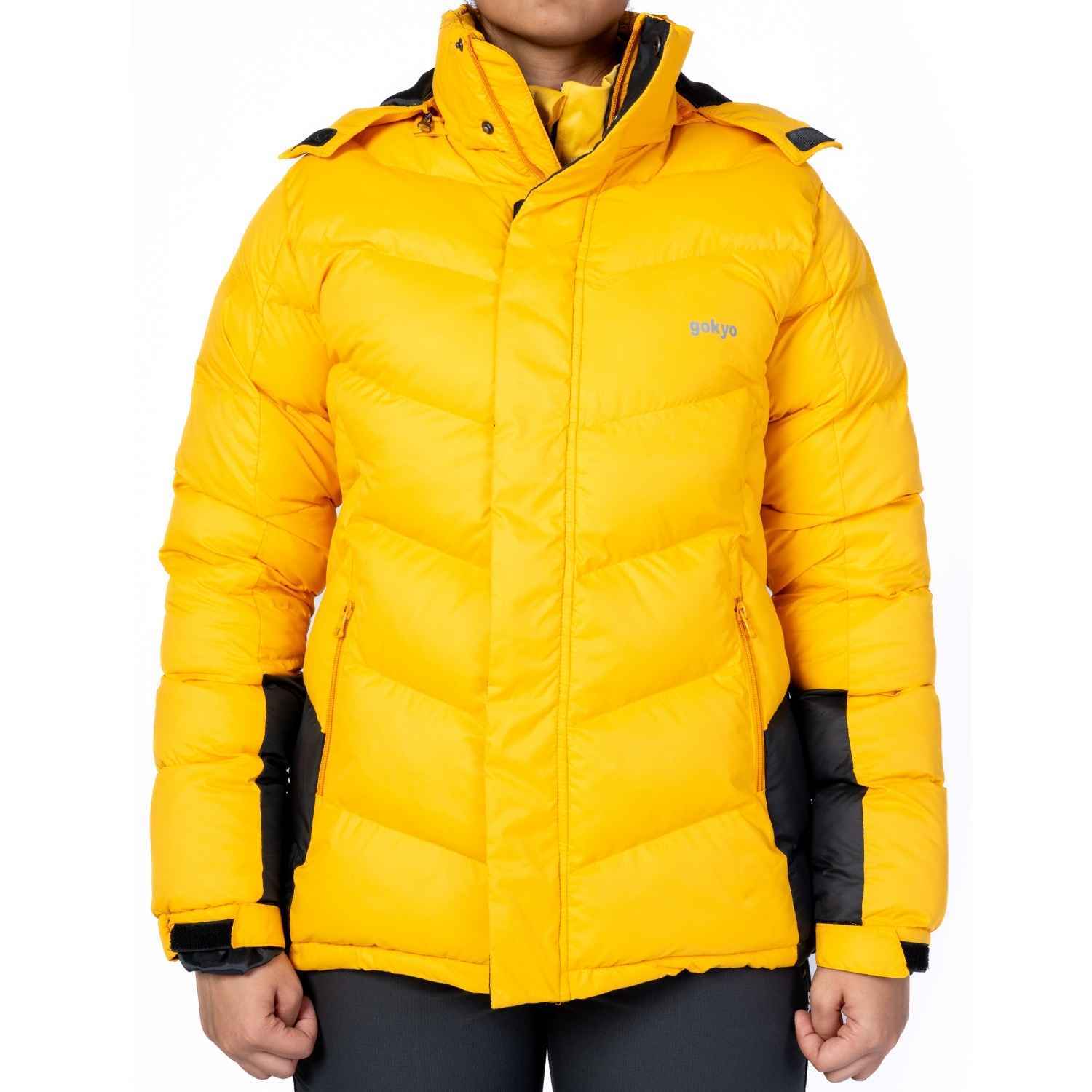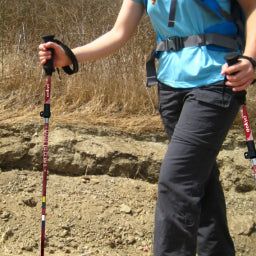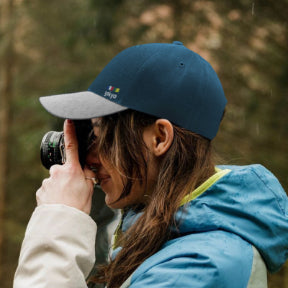From Wind to Snow: Why Every Trekker Needs a Windcheater for Men in Their Backpack
Imagine yourself at the halfway point of a ridge in the Himalayas. You began the trek in warm sun, but now clouds are approaching you, the wind is gusting, and you're getting pelted with snow flakes. You stop to adjust your pack straps, and, yet, you suddenly realize, you have the wrong jacket for this.
Here’s where the humble but incredibly valuable windcheater for men becomes a trekker’s sly secret weapon. If you look at it, it doesn’t look as heavy as a down-filled coat. But when the weather is unpredictable as it is on the trek with wind gusts and sleets and surprise snowstorms playing tag all day, it can mean the difference between being safe and being freeze shivering.
Let's explore more into why every backpacker willing to travel to places like Gokyo or Everest Base Camp or even weekend trails nearer to home should always have a windcheater folded away dry and ready on their packing list;
The Mountain Doesn’t Care About Your Plans
Once you have trekked in the Himalayas it is instilled in you the weather can change rapidly. One moment you are stripping layers in a blazing sun, the next you are bracing yourself against the cold icy wind. The higher the altitude the more exaggerated the conditions. The thinness of the atmosphere, coupled with rapid temperature drops, and the furious winds ripping through the valley can create a variety of extremes and conditions.
Your typical jackets for men - the types you wear for office commutes or informal weekend adventures - aren't intended for this type of rollercoaster of weather. Of course these jackets may look good, but the stitching, fabric, and insulation are typically not made to endure long exposure to snow, sleet, or the alpine winds.
This is where the windcheater earns its place. The windcheater is not merely an accessory; it is food against sudden spells of bad weather.
Outdoor-Ready Jackets for Men
Why Your Common Jackets Will Not Cut It
Before we dive into what makes a windcheater special, let's just address the failures of everyday outerwear when it comes to trekking.
- Weight – Bulky coats are no problem when you are stationary, but try hiking uphill with a wool coat strapped to your back, and it is simply too heavy.
- Breathability – Most casual style coats trap heat, although they also trap sweat. It doesn't take long while trekking before that sweat becomes your enemy; it cools your body dangerously quick when temperatures drop.
- Wind Resistance – City jackets rarely contain true wind-proof fabrics. On a mountain, in just one gust, you can feel the wind chill right down through your layers.
- Durability – Branches, rocks, and crampon straps all take their toll on trekking equipment in a way that's not designed for everyday wear.
To summarize, the beautiful coat that you wore back home in January is not built to withstand a mountain pass.
The Windcheater Superpower
A trekking windcheater is light, durable, and deceptively warm. You don't need to bulk up to be warm. It comes down to a smart design.
- Windproof Layers – Specialized outer shells that keep harsh gusty winds from robbing your body heat.
- Water-Resistant - Most windcheaters are made of some sort of water-resistant fabric so light rain or a little snow won't soak you when you're out and about.
- Packs Down Small - You can literally roll it up, stuff it in the side pocket of your pack, and forget it's there until you need it.
- Multi-Use - A windcheater - unlike a heavy winter jackets for men - can go from trek in the high peaks, to walking about a city.
Think of it as insurance. It is "the" garment that can respond to the weather before you even think of weather (for example, rain).
How to Choose a Good Windcheater
Not every windcheater is created equal so if you are going to drop money (or you need one for a trek like Gokyo) you NEED to think about this:
1. Fitting & Comfort - It should be Underneath (over a mid-layer) and should NOT restrict your movement. You need to be free to climb, reach, and stretch.
2. Weight – Go lightweight. You will be pulling it across suspension bridges, rocky ground, and extended hurries.
3. Breathability – A good windcheater will block wind but still allow moisture to escape so you do not overheat.
4. Packability – The smaller it folds, the better. Whether you are trekking or simply going out, space in a backpack is space, and every inch counts.
5. Extra Features – Adjustable hoods, storm flaps, and drawstrings at the hem all come in handy when the wind starts to howl.
On the Trail
I once took a trek to Gokyo Lake. One of my fellow trekkers told me it was “funny” that I had a windcheater. He had a thick, heavy coat and told me it was “all the protection he needed.” On day 2, his coat had gotten so soaked with sweat during the strenuous climbs that, once we reached the ridgeline and the wind picked up, he began to shiver uncontrollably. His heavy coat simply didn’t work for the changing conditions. I pulled out my lightweight windcheater, layered it over my fleece, and kept moving. Good thing I had a layer, wind and sweat protection.
By then, he quietly confessed his jacket was too much at times and not enough at other times. That is the beauty of versatility—something a windcheater will only give you.
Gokyo Outdoor Clothing & Gear: Made to Surprise
When it comes to outerwear for trekking, Gokyo Outdoor Clothing & Gear takes into consideration that the mountains are unforgiving when mistakes are made. Their Windcheaters are not just thin shells, they are supportive shells built for trekkers:
- Proven fabrics that slice the wind and provide resistance for snow.
- Designs with strength and flexibility for lightweight construction, so you can pack without planning.
- A fit that looks good whether you're making art with your tea at base camp or hiking a snow ridge.
For trekkers it's not just one more layer, it's about investment in gear to keep you moving when nature gets grimey.
Role of Windcheater in Layering
The versatility of a windcheater shines when paired with your layering system. Imagine:
- Base Layer – Wicks sweat away from your skin.
- Mid-Layer – Insulates to keep warmth in (think fleece or light down).
- Windcheater – Provides shelter from the external elements like wind, snow or drizzle.
A windcheater weighs less, is more versatile, and is more secure than one heavy coat. And unlike some seemingly "functional" jackets in winter, which can become claustrophobic or cumbersome when in motion, a windcheater adds to the lineup without weight considerations.
Outside of the mountains
The beauty of a windcheater is it doesn't retire after your hike. Back in the city, it will fit seamlessly into your repertoire, either for cycling to work, dodging a rainy evening out, or as a layer to put on during transitional seasons. Unlike some, menswear jackets that perform simply on the style check list, a windcheater puts in the effort year round.
This is the type of equipment that earns its keep, proving its value both on the trail and off.
Frequently Asked Questions (FAQs) :
1. Can I go trekking with only a windcheater instead of a heavy coat?
Not necessarily. A windcheater is better built into a layering system. It works well with a fleece or thermal, providing complete protection.
2. Are windcheaters waterproof?
Most windcheaters are water resistant, but not completely waterproof. They can handle snow and drizzle, but may require additional rain shell capabilities in heavy downpours.
3. How is a windcheater different from regular winter jackets for men?
Windcheaters are not as bulky, but are still lightweight and breathable, but made for the purpose of blocking wind while letting sweat escape.
4. What’s the ideal weight for a trekking wind cheater?
Typically between 300g to 600g. Any heavier and it becomes impractical for multi-day hikes.
5. Can I wear a wind cheater in the city?
Absolutely. They are so versatile, you could wear them while commuting, biking or just on a light winter day.
6. Do wind cheaters look too sporty for everyday use?
Not at all! Modern designs like those from Gokyo, balance to look practical and even sleek fitted, so you could wear them in the mountains and at a cafe too.
Final Thoughts
The mountains deserve respect, and respect starts with a plan. While a wind cheater might seem rudimentary, it is most effective against changing weather. It won't weigh you down, and it will cover you if that wind picks up or those snow flakes are flying through the air.
So, before you lift that backpack to Gokyo or any high-altitude hike, be sure to have a wind cheater with you! Trust your training, trust your gear and remember in the mountains survival is often about the simplest decisions - like taking the right jacket.

